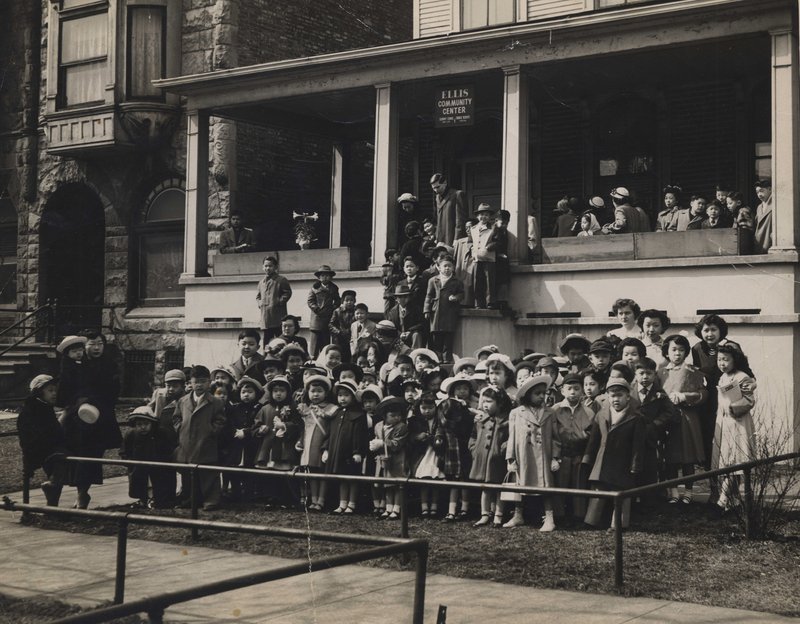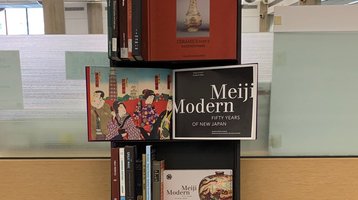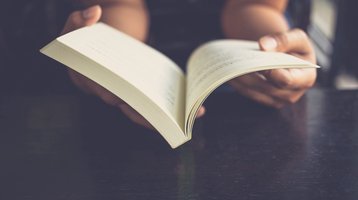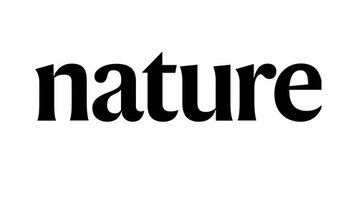Nikkei South Side: Japanese and Japanese Americans in Hyde Park and its Vicinity
Exhibition dates: November 1, 2021 – January 28, 2022
Location: The Joseph Regenstein Library, 1100 East 57th Street, Chicago, IL 60637
Associated web exhibit
Due to high levels of COVID-19, access to the Library, including the Exhibition Gallery, is limited to University of Chicago students, faculty, and staff through its closing date on Jan. 28.
Chicago’s South Side has long-standing but little-known relationships with Japan. In 1893 the Japanese Garden in Jackson Park was established for the World’s Columbian Exposition. In the same year the University of Chicago conferred its first-ever doctoral degree—upon a Japanese Divinity School student named Eiji Asada. Taking this momentous year as a point of departure, this exhibit highlights more than a century of connections between Japanese and Japanese Americans and the University and Hyde Park area.
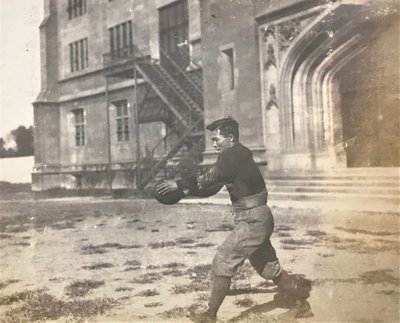
During Japan’s Meiji and Taisho periods (1868–1925) the University of Chicago was a frequent destination for so-called “government students” from Japan. These elite scholars were sent by the Japanese government to acquire advanced knowledge in various fields and then to bring their expertise back home. Showcased are campus activities of such students, including self-run periodicals and participation in cultural events; letters of two notable alumni—Jiuji Kasai, class of 1913 and a long-term friend of the University, and Heita Okabe, a student of Amos Alonzo Stagg—and the baseball exchange program between the University of Chicago and Waseda University in Tokyo, established by Stagg and his student Fred Merrifield, who had taken a coaching position at Waseda.
Also recognized are several notable Japanese and Japanese American educators. Toyokichi Iyenaga (Far Eastern studies) was a popular lecturer in the University Extension, whose teaching received press coverage on multiple occasions. From the University Archives come letters by Professors Joseph Kitagawa (Divinity School), Akira Iriye (history), and Tetsuo Najita (history)—all eminent scholars in religious and intellectual history—that evidence their work in lobbying for visits by members of Japan’s imperial family and in procuring from the Japanese government financial support for Japanese studies at the University. In the case of another notable scholar, Yoichiro Nambu (theoretical physics), a glimpse into his 1950s research notebooks is afforded.
World War II substantially affected the University’s relationship with Japan. Due to U.S. wartime policies, Japanese students and scholars needed to leave the institution after the bombing of Pearl Harbor. Because of its contracts with the U.S. military, which concerned not only research for the Manhattan Project, but the conversion of some campus facilities into training sites for soldiers, the University was barred from admitting Japanese American students for over a year—even though the Oakland/Kenwood/Hyde Park area at the time had Chicago’s largest population of Japanese Americans that had been relocated from internment camps. The University’s wartime dilemma is traced through official correspondence with—and internal memos about—Japanese American applicants.
Finally, thanks to contributions from former residents, a large portion of the exhibit is dedicated to celebrating the once-bustling Japanese American community on the South Side.
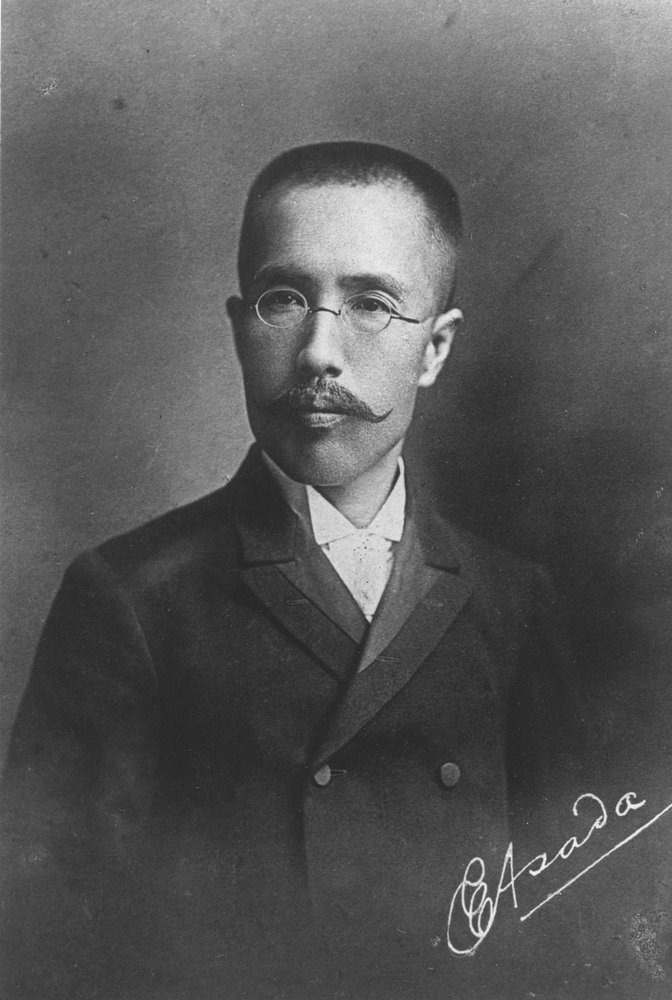
Eiji Asada (1865-1914), the recipient of the first Ph.D. degree awarded by the University of Chicago in 1893. Archival Photographic Files. apf1-00274, The Hanna Holborn Gray Special Collections Research Center, The University of Chicago Library
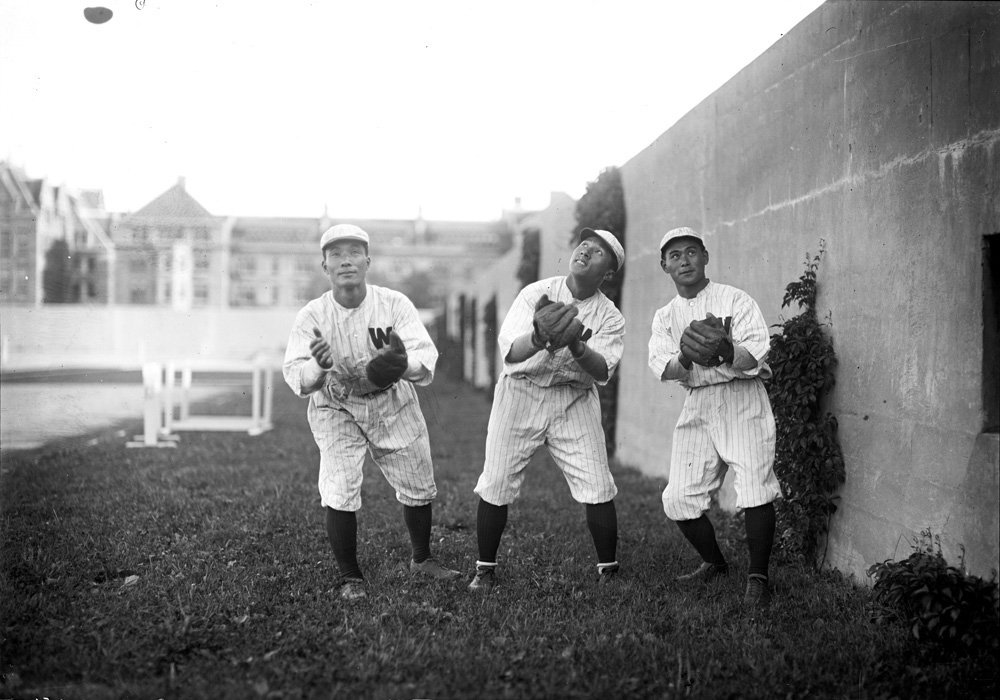
The University of Chicago and Waseda University of Japan shared their love of baseball through an exchange program, with the Maroons visiting Tokyo in 1910 and Waseda playing in Chicago the following year. Ca. 1910. The Hanna Holborn Gray Special Collections Research Center, The University of Chicago Library.
Curator
This exhibit was curated by Ayako Yoshimura, Japanese Studies Librarian at the University of Chicago Library, with contributions by Eric Langowski, SM’20, University of Chicago Harris School of Public Policy.
Visiting the Exhibition Gallery
Updated 1/19/22: Due to high levels of COVID-19, beginning Jan. 6, access to the Library, including the Exhibition Gallery, is limited to University of Chicago students, faculty, and staff through its closing date on Jan. 28.
Use of Images and Media Contact
Images from the exhibition included on this page are available for download to members of the media and are reserved for editorial use in connection with University of Chicago Library exhibitions, programs, or related news. For more information, contact Rachel Rosenberg at ra-rosenberg@uchicago.edu or 773-834-1519.
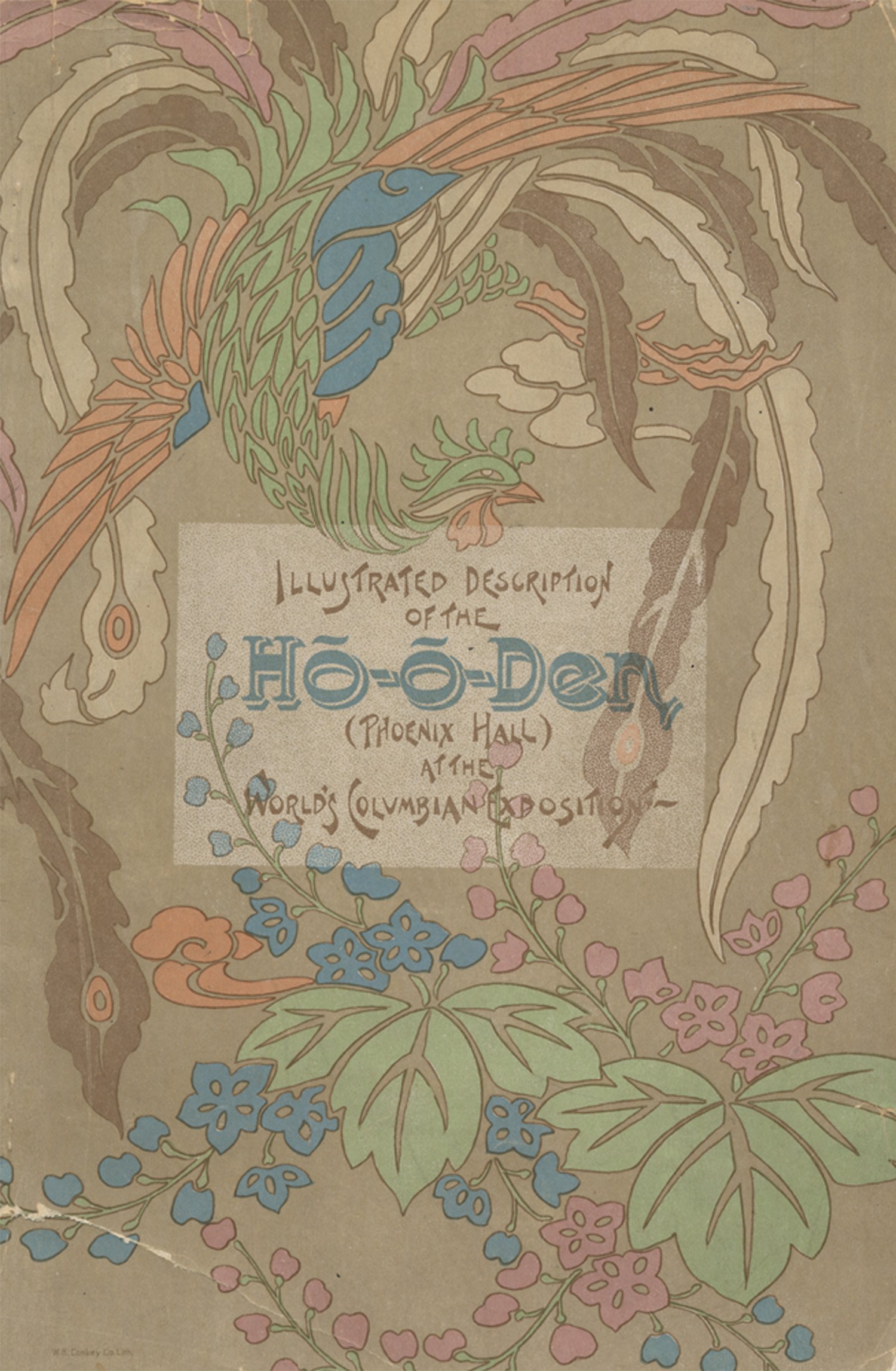
The Hō-ō-den (Phoenix Hall): An Illustrated Description of the Buildings Erected by the Japanese Government at the World's Columbian Exposition, Jackson Park, Chicago. (cover). Kakuzō Okakura. 1893. The Hanna Holborn Gray Special Collections Research Center, The University of Chicago Library.
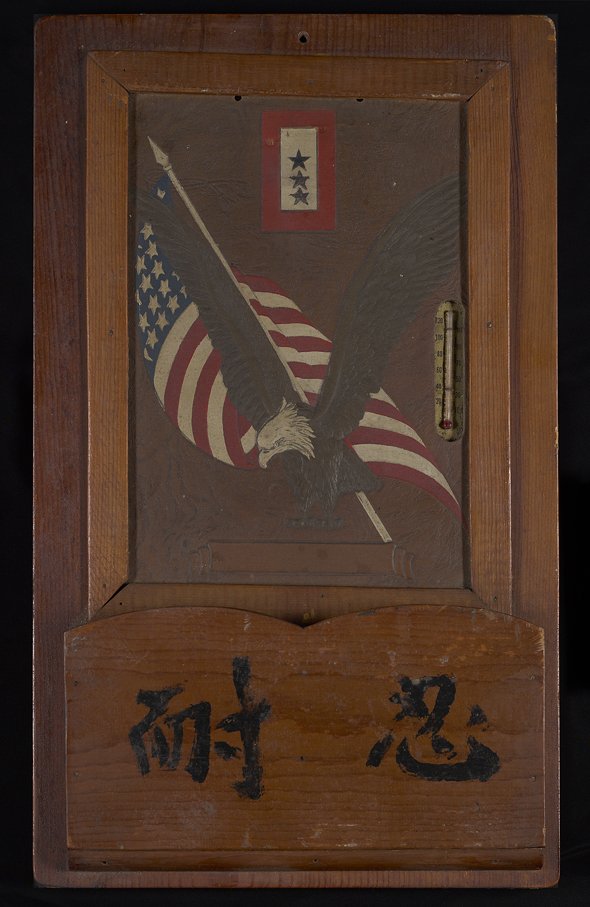
This note holder was one of several household items that were made from scrap wood during the Mayewaki family’s internment. The calligraphy on the bottom translates to “Endurance,” and the three blue stars represent three Mayewaki sons who volunteered to serve in the U.S. Army. 1942. Photo by Lauren Reese, 2020. On loan from Ross Harano.
